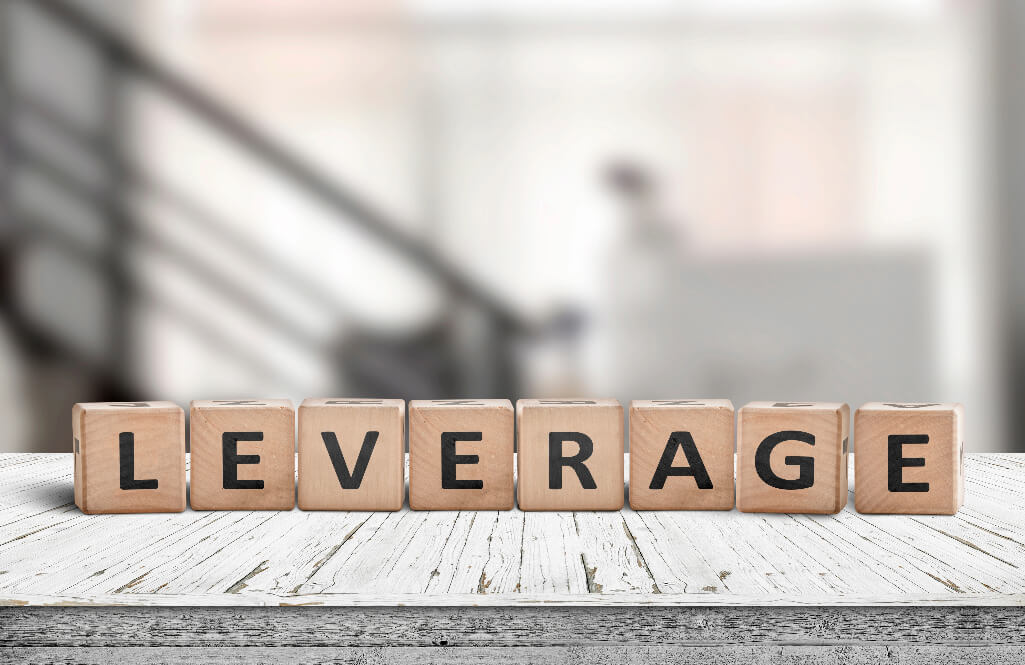
What does the degree of operating leverage mean exactly?
Key Takeaways:
- The DOL is a measure of how much a company’s sales affect its financial analysis and risk management.
- DOL is calculated by comparing the percentage change in earnings before income and taxes (EBIT) to the percentage change in sales.
- A high DOL means that operating income is greatly affected by changes in sales. On the other hand, a low DOL means that changes in sales have little impact on operating income.
- DOL and financial leverage show how well a company makes profits and manages risks, especially when it has high fixed costs.
- DOL shows how sales changes impact a company’s income and helps with financial health, risk evaluation, and strategic choices. It also aids in managing financial risks associated with profit swings resulting from sales variations.
Have you ever considered the famous degree of operating leverage and what it means? Have you ever contemplated the significance of the Degree of Operating Leverage (DOL) and its precise meaning?
DOL shows how sales changes impact a company’s income and helps with understanding its financial health, risk evaluation, and strategic choices.
This journey demystifies DOL through its formula and interpretation, providing a solid grasp of its financial analysis and risk management role. It equips you to make informed financial decisions in a dynamic business environment.
Let’s know the degree of operating leverage interpretation and much more here!
What does the Degree of Operating Leverage (DOL) mean?
DOL measures how a company’s operating income changes when sales go up or down. It’s an important metric.
In essence, it quantifies the sensitivity of a company’s earnings to changes in its revenue. DOL is pivotal in financial analysis, decision-making, and risk management.
DOL Formula and Interpretation:
The DOL can be calculated using a straightforward formula:
- DOL = (% change in EBIT) / (% change in sales)
Companies with higher operating leverage experience larger profit changes when sales increase or decrease. This relationship is crucial for effectively managing financial risks.
DOL and Financial Leverage
DOL often intersects with financial leverage, which combines operating leverage with the impact of debt and interest expenses. They provide a comprehensive view of a company’s ability to generate profits and manage risk.
High combined leverage, denoted as **Degree of Combined Leverage (DCL)**, signifies higher risk due to elevated fixed costs and financial obligations.

How to Calculate DOL exactly?
Calculating DOL is relatively straightforward. By comparing the percentage change in EBIT to the percentage change in sales, you can quickly compute DOL. This metric enables businesses and analysts to assess their earnings’ sensitivity to market dynamics.
DOL and Break-even Analysis – Get all the essential information
DOL also plays a crucial role in break-even analysis. It helps businesses identify the point at which sales are sufficient to cover all costs, resulting in zero profit.
Understanding the DOL assists in determining the level of sales required to reach the break-even point.
What is the DOL and Risk Management exactly?
Furthermore, DOL is a valuable tool for risk management. Companies with higher operating leverage experience larger profit changes when sales increase or decrease. This relationship is crucial for effectively managing financial risks.
The Degree of Operating Leverage (DOL) is important for measuring how a company reacts to changes in sales. It affects financial planning and helps manage risk.

When considered alongside financial leverage, it provides a comprehensive perspective on a company’s profit generation capabilities and potential risks.
Understanding Degree of Operating Leverage (DOL)
The DOL helps companies assess operational risk by looking at fixed and variable costs. It shows how sales impact income, aiding companies in making wise choices in a changing business environment.
Understanding the Impact on Income
It shows how sales changes affect income, helping companies make smart decisions in a changing business world. Fixed costs limit a company’s ability to adjust operational expenses. DOL measures the impact of this risk on financial performance.
Interpreting DOL: Low and High DOL
Interpreting DOL is fundamental for evaluating a company’s position. A low DOL, where variable costs dominate fixed costs, indirects that a substantial sales increase may not significantly boost operating income. In this scenario, the weight of high fixed costs is minimal.
Conversely, a high DOL, where fixed costs surpass variable costs, indicates the potential for amplified operating income with increased sales. However, this requires consistently high sales levels to offset substantial fixed costs.

DOL analysis, which can be calculated through various methods, is critical for evaluating financial strategies and managing operational risk. It shows how sales changes affect income, helping companies make smart decisions in a changing business world.
Formulas:
Degree of Operating Leverage (DOL) Formula:
- DOL = (% change in EBIT) / (% change in sales)
- Degree of Operating Leverage Formula Using Contribution Margin
- DOL = (Contribution Margin / Operating Income)
Degree of Operating Leverage Formula Using Cost Structure:
DOL = (Q * (P – V)) / (Q * (P – V) – F)
Where:
– DOL: Degree of Operating Leverage
– EBIT: Earnings Before Interest and Taxes
– Contribution Margin: (Total Sales – Total Variable Costs)
– Q: Number of units
– P: Price per unit
– V: Variable cost per unit
– F: Fixed costs




